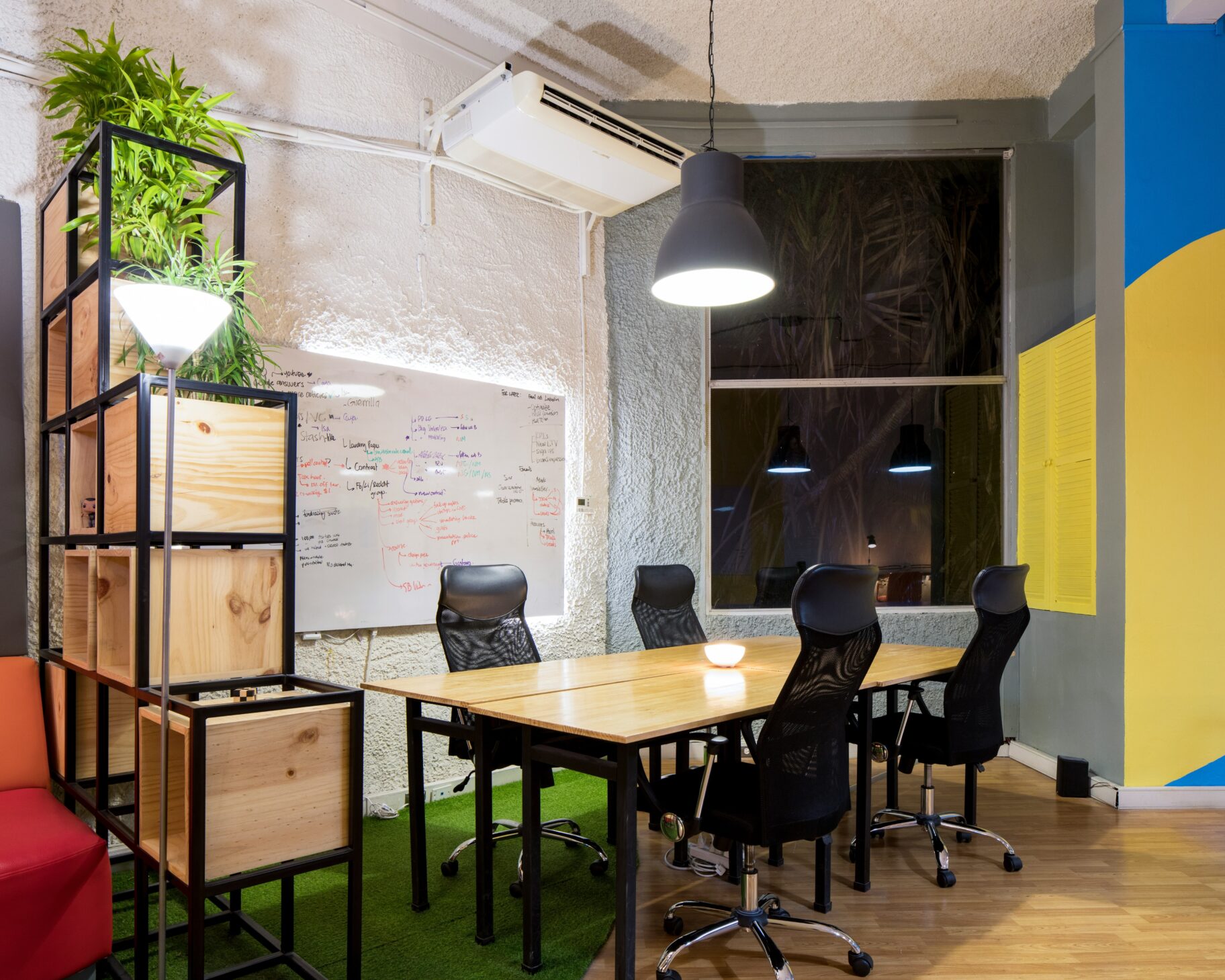News & Insights: Insights
Boosting Productivity with Ergonomic Office Design
By Abbi Harper | Mar 27th, 2024

In the modern workplace, where efficiency and employee satisfaction are paramount, the concept of ergonomic office design has gained significant traction. This approach focuses on creating a workspace that not only prioritises safety and comfort but also enhances productivity and fosters a positive company culture. From selecting the right furniture to optimising spatial layout, every aspect of office design contributes to the overall ergonomic environment.
Understanding Ergonomic Office Design
Ergonomic office design integrates principles of interior design with scientific insights into human anatomy and behaviour. At its core, it seeks to create a space that is safe, efficient, and aesthetically pleasing. This involves careful consideration of factors such as furniture arrangement, lighting, ventilation, and acoustics to promote employee well-being and productivity.
The Science Behind Ergonomics in the Workplace
The science of ergonomics addresses various aspects of workplace design that influence employee well-being and performance. By reducing cognitive load, ensuring workplace safety, and prioritising comfort, ergonomic design minimises mental fatigue, prevents injuries, and promotes overall health. It aims to create an environment where employees can work efficiently and comfortably for extended periods.
The Impact of Ergonomic Design on Productivity
Ergonomic design significantly affects workplace productivity by enhancing focus, reducing physical strain, and preventing injuries. Thoughtfully designed workspaces minimise distractions, optimise organisation, and support good posture, enabling employees to work more effectively. Furniture such as adjustable chairs and sit-to-stand desks further promotes comfort and productivity by allowing employees to customise their workstations to their needs.
Enhancing Focus and Energy Levels
Creating a workspace that minimises cognitive load, maximises natural light, and encourages movement throughout the day enhances employee focus and energy levels. Ergonomic design strategies such as ergonomic furniture and strategic spatial layout contribute to creating an environment where employees can maintain high levels of concentration and engagement.
Reducing Physical Strain and Preventing Injuries
By providing proper workstation setups, supportive accessories, and encouraging regular movement, ergonomic design helps reduce physical strain and prevent injuries. Investing in ergonomic furniture such as adjustable chairs and sit-to-stand desks enables employees to work comfortably and safely, reducing the risk of musculoskeletal disorders and other health issues associated with prolonged sitting or repetitive motions.
Essential Ergonomic Furniture for Your Office
Critical to ergonomic office design is the selection of furniture that prioritises ease of use and employee comfort. Adjustable chairs with lumbar support, sit-to-stand desks, and supportive accessories like wrist rests and monitor stands are essential components of an ergonomic workspace. By investing in these pieces, employers can create a conducive environment that promotes employee well-being and productivity.
Spatial Design for Collaboration and Creativity
Careful spatial design plays a vital role in fostering collaboration and creativity in the workplace. Open-plan layouts, designated ‘collision spaces’ where people can meet, and biophilic elements such as plants contribute to creating a dynamic and inspiring environment where teamwork and innovation thrive. By incorporating these design elements, employers can create a workspace that supports employee collaboration, creativity, and overall well-being.
Collaborating with Experts for Optimal Ergonomic Design
Collaborating with experts in interior design and selecting the right office fit out company to turn the plan into reality can make a success out of the processes of designing and creating an ergonomic workspace. These professionals have the knowledge and expertise to create a workspace that maximises comfort, efficiency, and aesthetics. By leveraging their insights, employers can create a workspace that not only meets ergonomic standards but also reflects their company values and promotes employee satisfaction.
Ergonomic office design is essential for creating a workspace that supports employee well-being and productivity. By prioritising ergonomic factors and collaborating with experts, employers can establish an environment where employees thrive, leading to increased satisfaction, creativity, and overall success.
Want to know more? Read our guide on ergonomic office fit out and design.